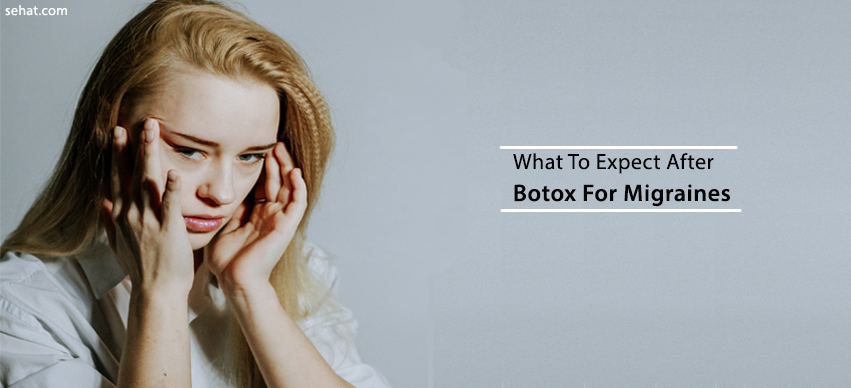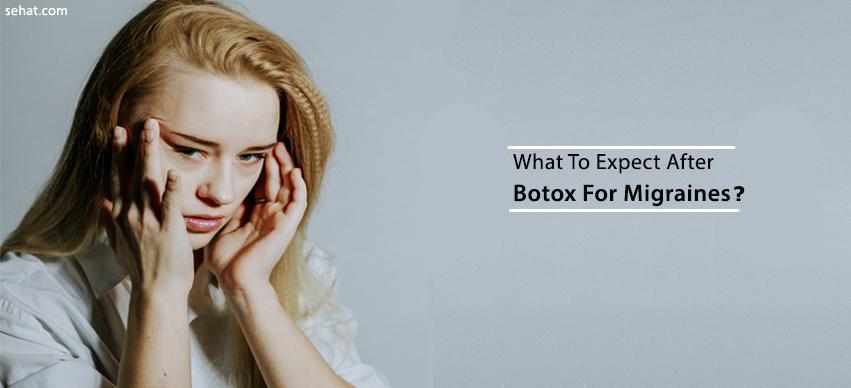How Communities Are Changing the Way We Think About Aging in..
8 Min Read


Migraine is the most common cause of episodic headache, with an onset before 40 years of age. It is mostly triggered by sensory sensitivity such as light, sound or movement. Frequency of the headache can vary from occasional inconvenience to frequent headaches severely impacting quality of life. Migraine has a typical unilateral throbbing type of pain. Some may have nausea and vomiting associated with the headache.
Some have sleep deprivation, starvation, and stress as triggering factors. There are many treatments available to reduce the pain but the best-recommended treatment option is the avoidance of triggering factors. Where migraine episodes are frequent like 1-2 attacks per month and severely disturbing the quality of life, the patient should be offered migraine suppression medication. Botulinum toxin was a recently recommended prophylaxis treatment for migraine. Patients who are receiving botulinum toxin (Botox injections), should know what to expect after Botox for migraine.
Botox is only recommended for chronic migraine, which is a headache on 15 or more days a month. It is believed that more frequent headaches, the better the patient does with Botox. Botox contains a toxin called botulinum, which is a neurotoxin produced by Clostridium Botulinum bacterium. This technique involves 31 injections over the scalp and neck repeated every 3 months.
When stating what to expect after Botox for migraine, the side effects of the drug plays a vital role. The effect of botulinum toxin may affect areas away from the injection site and cause various symptoms.
When the side effects of the Botox injection is known in prior hand, the incidence of developing complications can be minimized effectively.
Since Botox injections have shown an effective reduction of headache frequency in migraine, there is a recent increase in the use of this treatment in the medical field. Before starting the treatment, it is necessary to clarify all above-mentioned factors as what to expect after Botox injection to prevent giving patients false expectations. That will improve the patients’ compliance with the therapy and develop patients’ confidence towards the treatment.